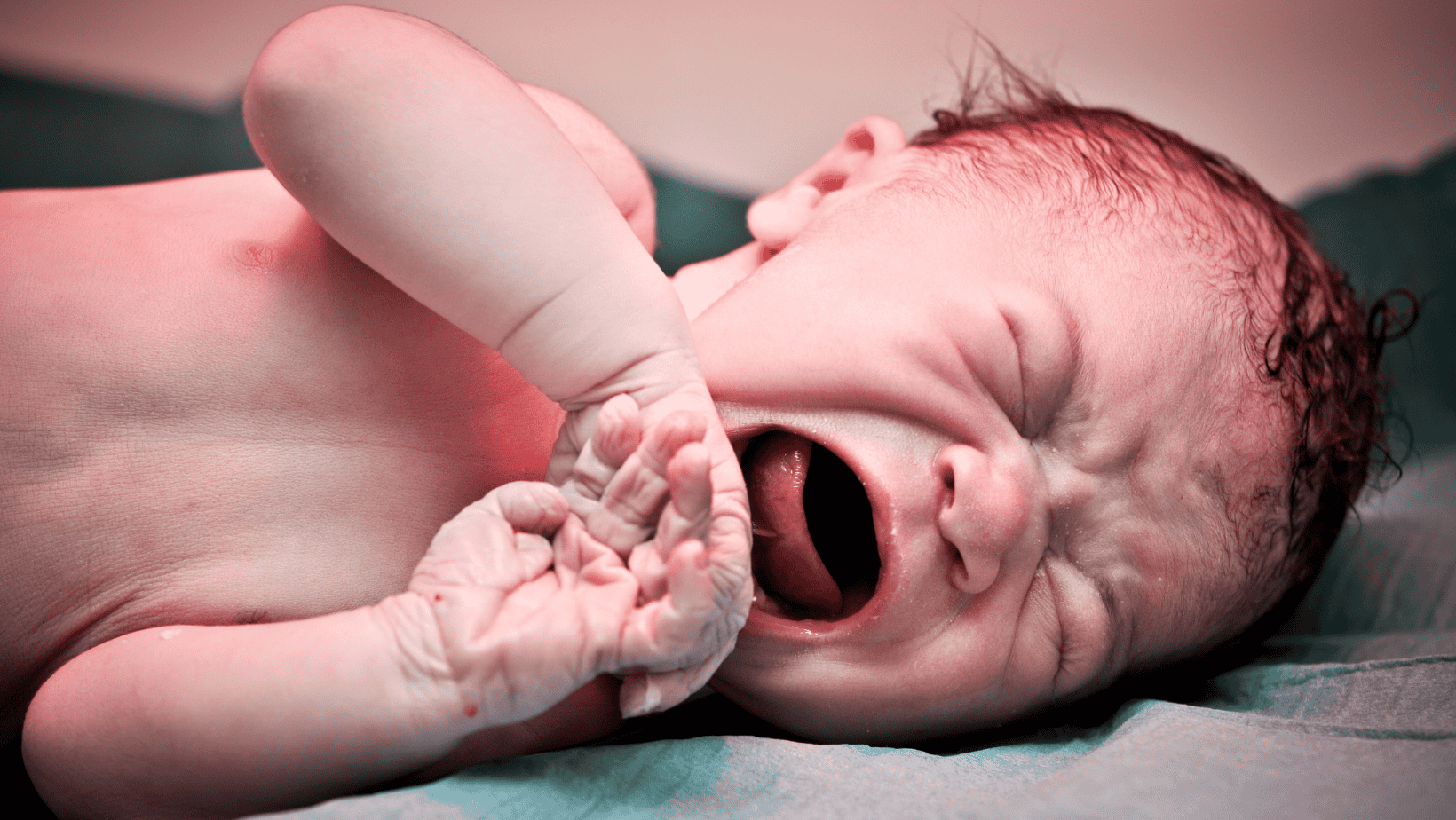Table of Contents
ToggleImagine walking into a forest just after sunrise. The dew still clings to every leaf, the soil is soft, and even the gentlest step leaves a lasting imprint. This is what the first 1000 days of a child’s life are like: delicate, absorbent, and profoundly impressionable.
From conception to a child’s second birthday, the brain is growing at an astonishing pace, creating up to a million new neural connections every second. This is not just development; it is construction. What’s being built is the architecture of a human being, the foundation of their emotional world, cognitive framework, immune response, and even how their nervous system will learn to regulate itself in times of stress or joy.
This time is often referred to as the “sensitive window”, a term that doesn’t quite capture the significance of it all. A better image might be that of a freshly poured foundation for a house, before the walls, paint, and furniture ever come. Once it sets, it will carry the weight of a lifetime.
What Are the First 1000 Days?
The first 1000 days refers to the period from conception through to the child’s second birthday, a journey that unfolds across three transformative stages:
1. Conception to Birth: Building the Blueprint
This is where it all begins. During the prenatal stage, a mother’s body becomes the first environment the child will ever know. The mother’s stress levels, emotional health, nutritional intake, and sense of safety directly influence fetal brain development, hormonal patterns, and even how sensitive the baby will be to stress after birth.
Think of the womb as the blueprint room. The fetal brain is already absorbing emotional patterns through cortisol levels, heart rhythms, and internal vibrations. The nervous system is beginning to calibrate, learning what “normal” feels like based on the mother’s experience.
For example, if the mother is frequently anxious or feels unsafe, struggles with mental health, and is constantly stressed, the baby’s brain may develop heightened sensitivity to stress, an overactive amygdala, or a hyper-alert nervous system. If she’s calm, nourished, and emotionally supported, the baby’s developing systems absorb that safety and resilience.
This stage forms the neurobiological tone that the baby will carry into the world, one that can shape temperament, resilience, and sensitivity.
2. Birth to 12 Months: Wiring the World Through Relationships
Once the baby is born, the world becomes a sensory explosion: sight, sound, touch, rhythm, tone. But the most important organizing system is still the relationship with the caregiver.
This is the period of attachment formation, a time when the baby is learning whether the world is safe, predictable, and emotionally responsive.
When the baby cries, does someone come?
When they smile, is someone smiling back?
When they need comfort, are they held with warmth?
For example:
A baby left to “cry it out” learns that distress will not be met, wiring a nervous system toward shutdown or self-soothing in isolation. Or a baby whose parent yells in frustration when they cry might begin associating expression with punishment.
These early interactions are not just comforting; they are biological instructions. They wire the brain, sculpt emotional responses, and build internal working models that will guide how the child sees themselves and others for life.
3. 12 to 24 Months: Walking, Talking, and Internalizing the World
This is when independence begins to bloom; babies start walking, talking, and exploring. But don’t be fooled by their growing autonomy; they are still deeply reliant on connection and co-regulation.
This stage is rich with sensitive periods, windows of heightened capacity for learning language, movement, emotion regulation, and social signaling. What’s repeated becomes embedded.
It is also a period of mirror learning, the child is absorbing emotional expressions, body language, tone, and modeling behavior based on the adults around them.
When they throw a tantrum and are met with understanding, “I see you’re frustrated. I’m here. They learn that emotions are safe and manageable. When they’re scolded, shamed, or ignored, “Stop crying, you’re being bad!”, they learn that feelings are dangerous or shameful.
These experiences don’t stay in childhood. They live in adult who hide their feelings, fears, conflicts, or cannot ask for help.
The right kind of caregiving, attuned, consistent, and emotionally available, becomes the scaffolding that supports their emerging sense of self.
The Plastic Brain and the Absorbent Mind
Across these stages, the brain remains remarkably plastic. It is flexible, responsive, and deeply shaped by every relational and environmental cue. The child’s mind is almost sponge-like, soaking in patterns, emotional frequencies, and relational rhythms long before they understand language.
It’s during this period that the foundation for executive functioning, stress regulation, empathy, and even physical health is being laid
The relationship with the primary caregiver is more than just comfort; it’s a biological necessity. Through consistent, loving, and emotionally attuned caregiving, babies develop secure attachment. This is not a parenting technique; it is a primal need, hardwired into our species for survival.
When a child is held when crying, responded to when reaching out, and mirrored when smiling, that child begins to internalize the world as safe, relationships as trustworthy, and themselves as worthy of love.
But what happens when caregiving is inconsistent, distant, or replaced entirely?
Raised by Nannies, Grandparents, and Others: Who Holds the Blueprint?
In modern life, many children are raised by nannies, grandparents, or alternate caregivers due to family circumstances, careers, or cultural norms. While this can be necessary and culturally supportive, it’s important to ask:
Are these caregivers informed about brain development, attachment, and sensitive periods?
Because when they are not, even the most well-meaning adults can cause lasting emotional harm.
The child’s early attachment figures are not just about biology; it’s about attunement. The child’s developing nervous system is constantly asking:
“Is there someone who sees me? Hear me? Am I safe?”
If that someone is a nanny who is emotionally present, predictable, and loving, attachment can form. But if caregiving is fragmented, impersonal, or lacks consistency, the child may internalize relational models rooted in insecurity, hyper-independence, or mistrust.
This doesn’t just shape emotional well-being. It impacts the development of the nervous system, brain integration, immune resilience, and even long-term physical health. Stress and emotional disconnection in early years can leave behind biological imprints, like elevated cortisol, inflammation, and overactive threat detection systems.
The Power of Environment
We often think of development as something that happens inside a child. But a child grows through what they go through. The environment they live in, the tones of the home, the emotional climate between adults, the presence of touch, rhythm, music, routine, play, safety, all of it teaches the child something about life and their place in it.
You don’t need fancy toys. You need intentional presence. Children don’t remember what we buy them, but they remember how we made them feel.
Intentional and Attuned Caregiving
The antidote to disconnection is not perfection, it’s presence. What a developing baby needs most is not a flawless parent, but a regulated, emotionally available, responsive one.
This is where our work as CADP Coach practitioners, educators, and professionals working with children and their families becomes vital.
A chaotic, loud, unpredictable household is a recipe for hypervigilance.
A home with yelling adults teaches fear-based communication.
A nurturing, consistent, emotionally present environment builds resilience and relational safety.
Even the space itself, the lighting, the clutter, and the emotional energy communicate something.
The Role of the CADP Coach
CADP coaching is not a luxury; it’s a necessity in a world where parenting is often rushed, outsourced, or overwhelmed by information overload. We serve as interpreters of development, guides through the fog, and mirrors for the inner world of the child.
We help caregivers:
- Understand how the first 1000 days shape everything from emotional stability to school readiness.
- Recognize how unconscious habits from their own upbringing are impacting their child.
- Offer insight when a parent says, “Why is my child so clingy?” or “Why won’t they listen?”.
- Translate neuroscience into human connection and practical parenting.
We don’t just work with the child. We work with the whole ecology that surrounds them.
In Closing: What You Build Now, They Will Stand On Forever
A baby doesn’t remember what happened in their first 1000 days. But their nervous system does. Their immune system does. Their sense of self does.
Let’s not wait until behavior becomes a “problem.”
Let’s act while the foundation is still being poured.
Because in those early days, we were not just raising children, we are shaping the very architecture of humanity.
With grace and gratitude,
Lux Hettiyadura
Directress, Child/Adolescent Development & Parenting Coach Education – Ignite Global
References:
Ainsworth, M.D.S., Blehar, M.C., Waters, E. and Wall, S., 1978. Patterns of Attachment: A Psychological Study of the Strange Situation. Hillsdale, NJ: Lawrence Erlbaum Associates.
Center on the Developing Child, 2007. The Science of Early Childhood Development. [online] Harvard University. Available at: https://developingchild.harvard.edu/resources/the-science-of-early-childhood-development/ [Accessed 19 June 2025].
Gerhardt, S., 2004. Why Love Matters: How Affection Shapes a Baby’s Brain. Hove: Brunner-Routledge.
National Scientific Council on the Developing Child, 2004. Children’s Emotional Development is Built into the Architecture of Their Brains: Working Paper No. 2. [online] Harvard University. Available at: https://developingchild.harvard.edu/resources/wp2/ [Accessed 19 June 2025].
Perry, B.D. and Szalavitz, M., 2006. The Boy Who Was Raised as a Dog: And Other Stories from a Child Psychiatrist’s Notebook. New York: Basic Books.
Shonkoff, J.P. and Phillips, D.A., 2000. From Neurons to Neighborhoods: The Science of Early Childhood Development. Washington, DC: National Academy Press.
Siegel, D.J. and Bryson, T.P., 2012. The Whole-Brain Child: 12 Revolutionary Strategies to Nurture Your Child’s Developing Mind. New York: Bantam Books.
UNICEF, 2017. Early Moments Matter for Every Child. [online] United Nations Children’s Fund. Available at: https://www.unicef.org/reports/early-moments-matter [Accessed 19 June 2025].
World Health Organization, 2020. Nurturing care for early childhood development: A framework for helping children survive and thrive to transform health and human potential. Geneva: WHO.












